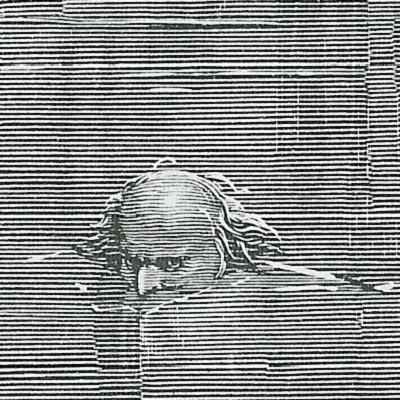xylography \zye-LAH-gruh-fee\ noun
: the art of making engravings on wood especially for printing
Example sentence:
"Since the Great Storm of 1987 unexpectedly unleashed so much materialfor woodcutters and print-makers, interest in xylography has burgeoned."
(_The Observer_, April 3, 1994)
Did you know?
"Xylography" combines "xylo-," meaning "wood," and "-graphy," which denotes writing in a specified manner. "Xylography" didn't appear in print in English until 1816, but it is linked to printing practices that are much older. In fact, the oldest known printed works (from Japan and China in the 8th and 9th centuries) were made by xylography, a printing technique that involves carving text in relief upon a wooden block, which is then inked and applied to paper. This method of wood-block printing appeared in Europe in the 14th century, and eventually inspired Johannes Gutenberg to create individual and reusable pieces of type out of metal. These days, "xylography" can also describe the technique of engraving wood for purely artistic purposes.
I always assumed that Doré's engravings for the Divine Comedy were metal plates, but some clues from Scip Barnhart [Master Printmaker at Union Printmakers here in DC] and a little research revealed that the printing plates were made from woodblocks that Doré drew on direcly.
